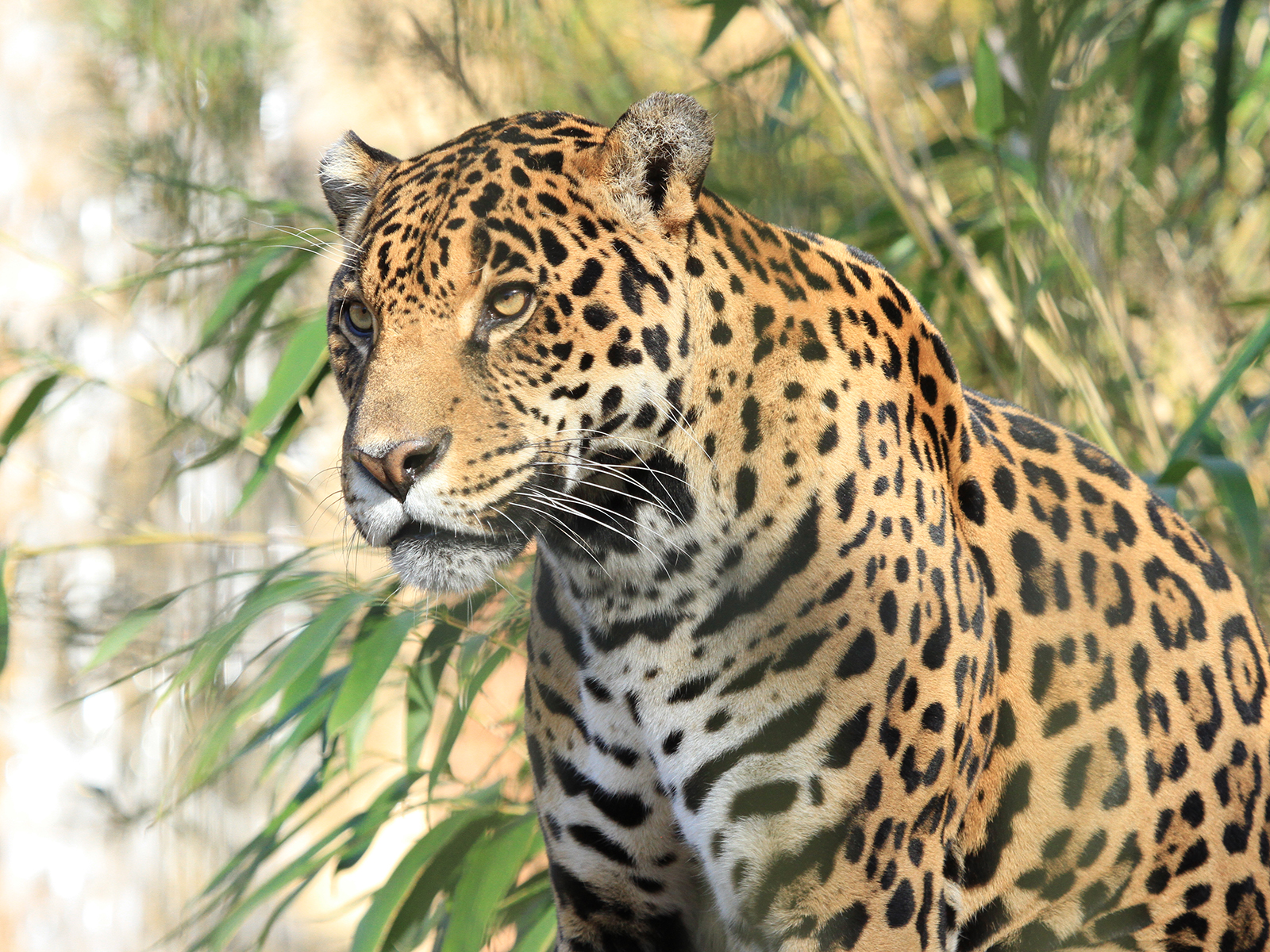Jaguar
Panthera onca
Class
Mammalia
Order
Carnivora
Family
Felidae
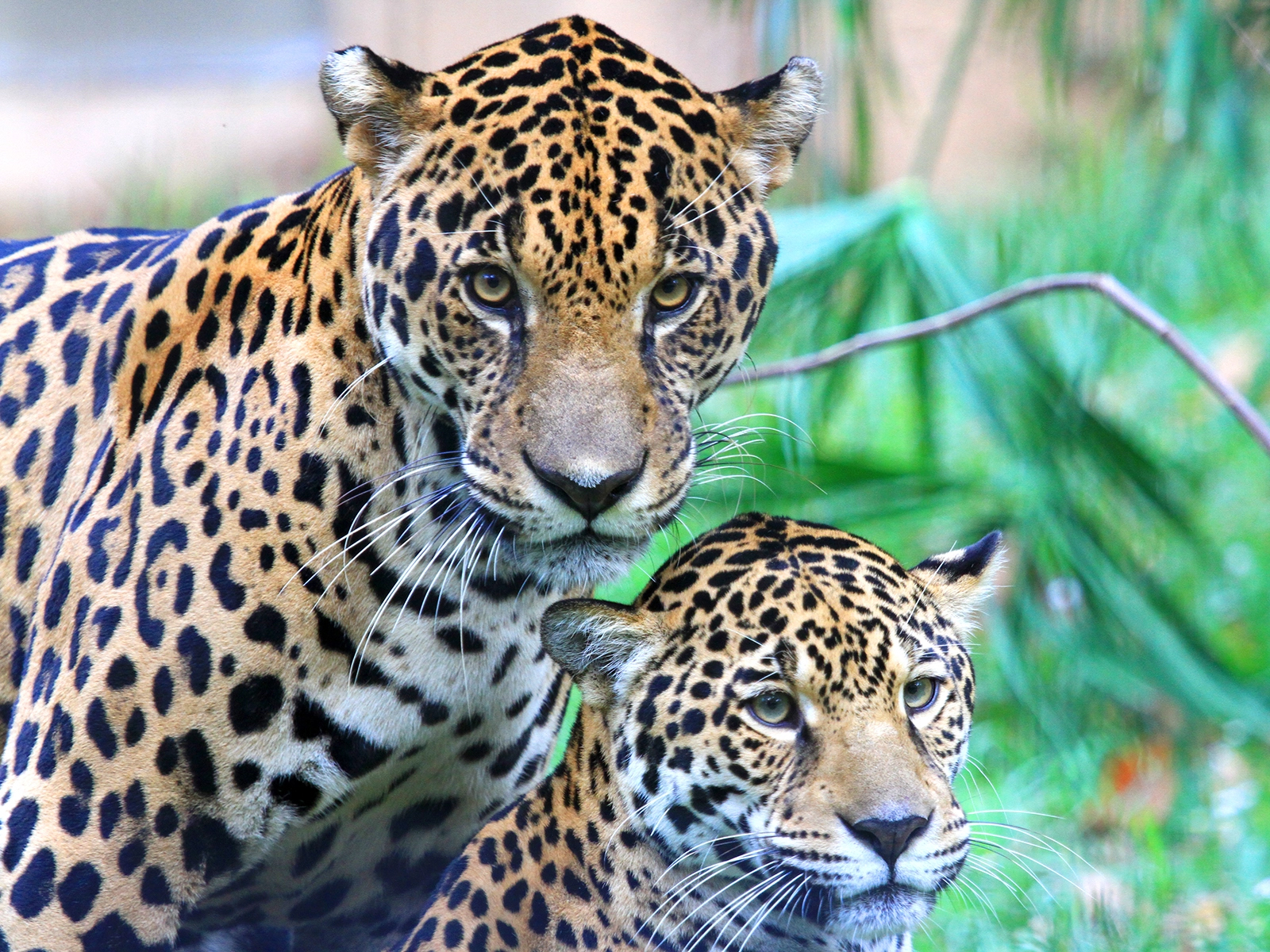
Mammalia
Carnivora
Felidae
Central Mexico through Central America to South America as far south as the northern portion of Argentina
Body Length: 3.8 - 6 ft
Tail Length: 18 - 30 in
Weight: 70 - 250 lbs
Rainforests, swampy areas, grasslands, woodlands, dry forests, and deserts
1 - 4 cubs
Gestation: 3 - 3.5 months
Carnivore; prefer large prey such as peccary, deer, tapir, and capybara
Near Threatened
Only lions and tigers are bigger.
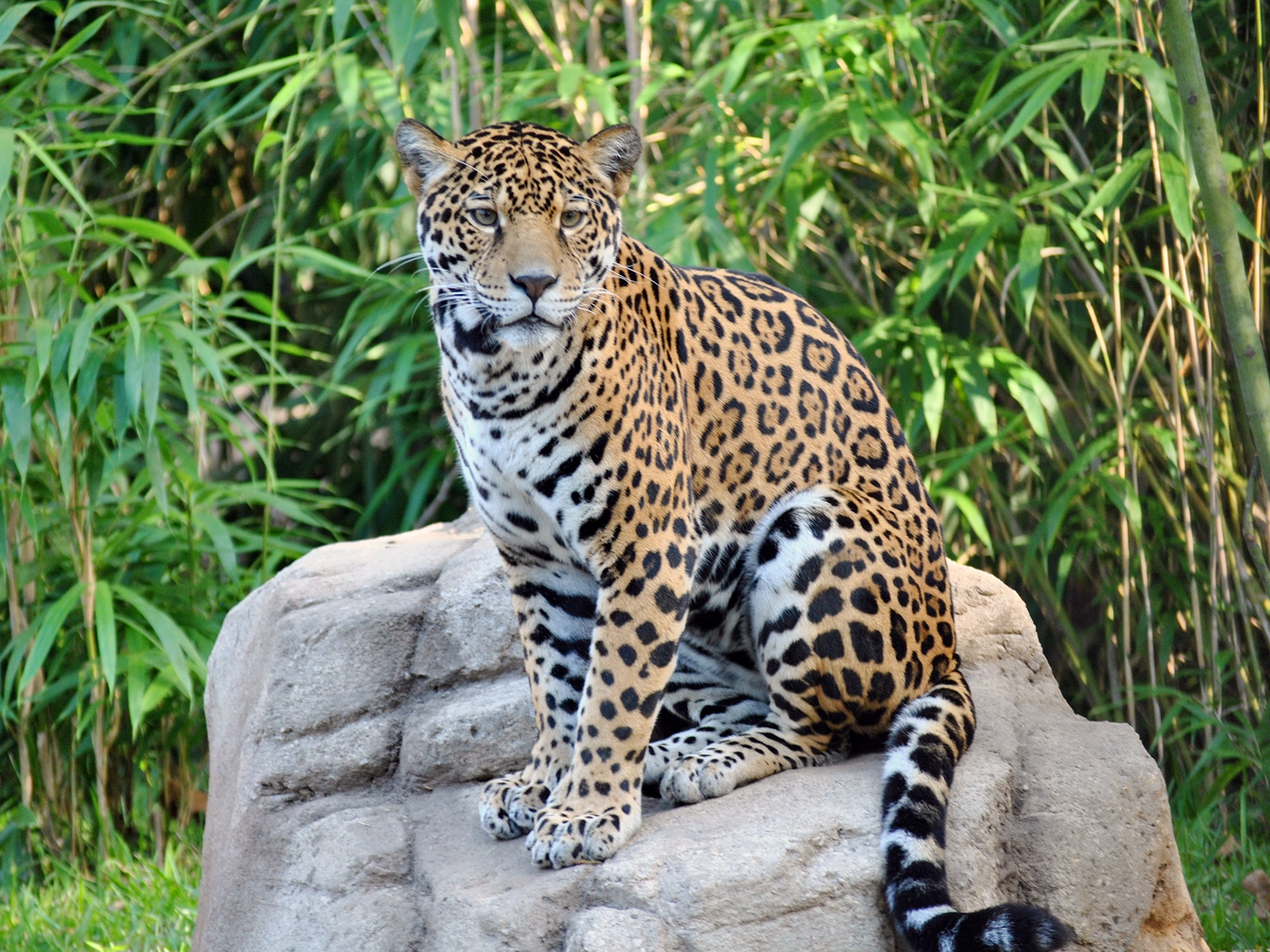
Jaguars have spots called rosettes. Some jaguars are "tawny" with yellowish to brown fur and a visible pattern of rosette markings across its body. Others are melanistic or black.
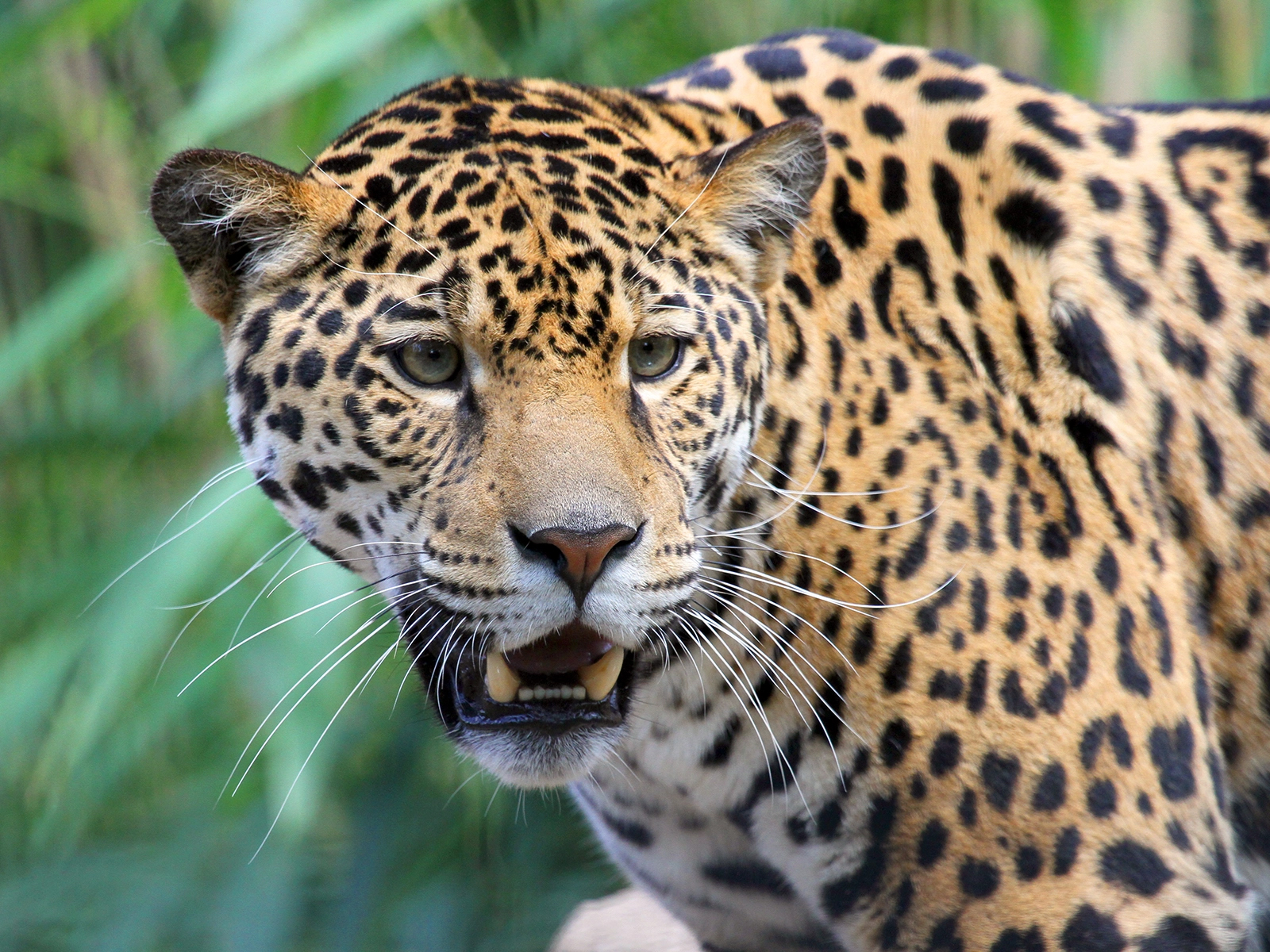
These heavy-built cats have sharp, retractable claws that are important in seizing and holding a prey animal. It is the only big cat which regularly kills prey (especially capybaras) by piercing the skull with their canines.
When a jaguar catches a large prey it is either buried or hidden in a sheltered area, so the jaguar can return to eat when it is hungry later.
Powered by their strong legs, jaguars are also capable climbers and swimmers.
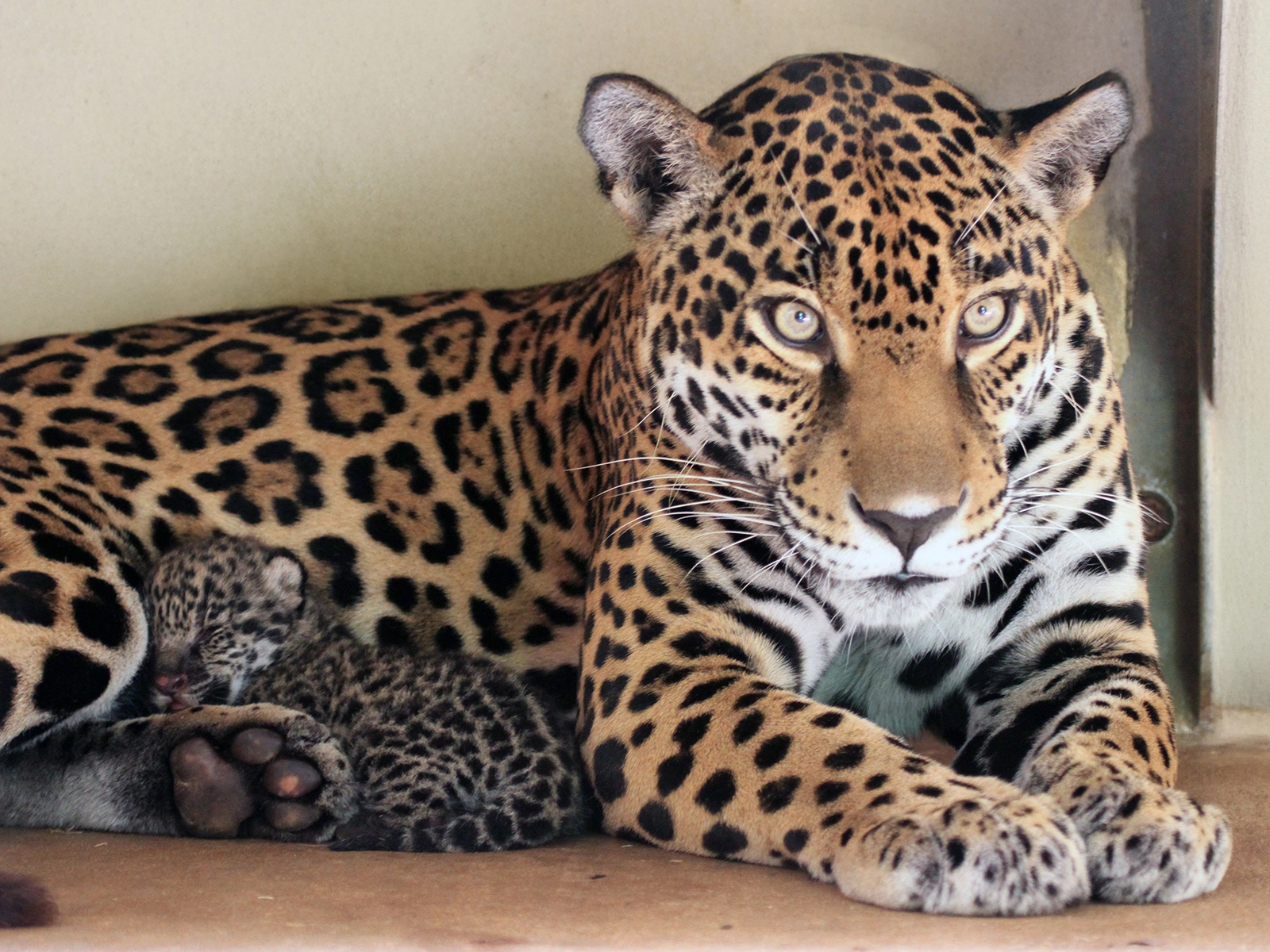
Jaguars are solitary animals, only coming together to mate. A mother jaguar raises her cubs alone. She gives birth to a litter of one to four, whose eyes open between 3 and 13 days old.
The cubs start following their mother at six to eight weeks, and though they begin eating meat, they continue to nurse for up to six months. They start hunting on their own around 15 to 18 months of age, but stay with their mother until they are two years old and ready to establish their own territory.
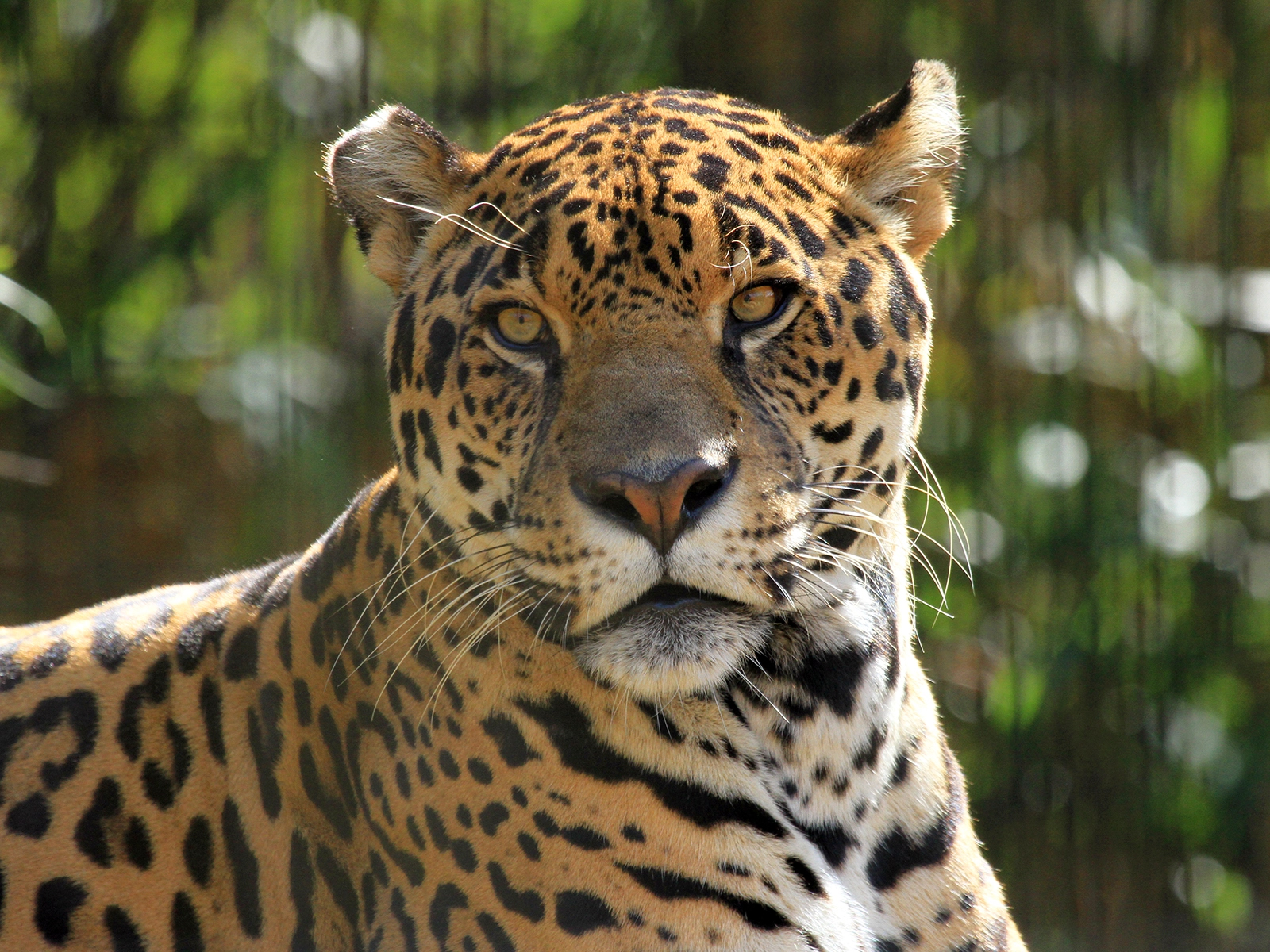
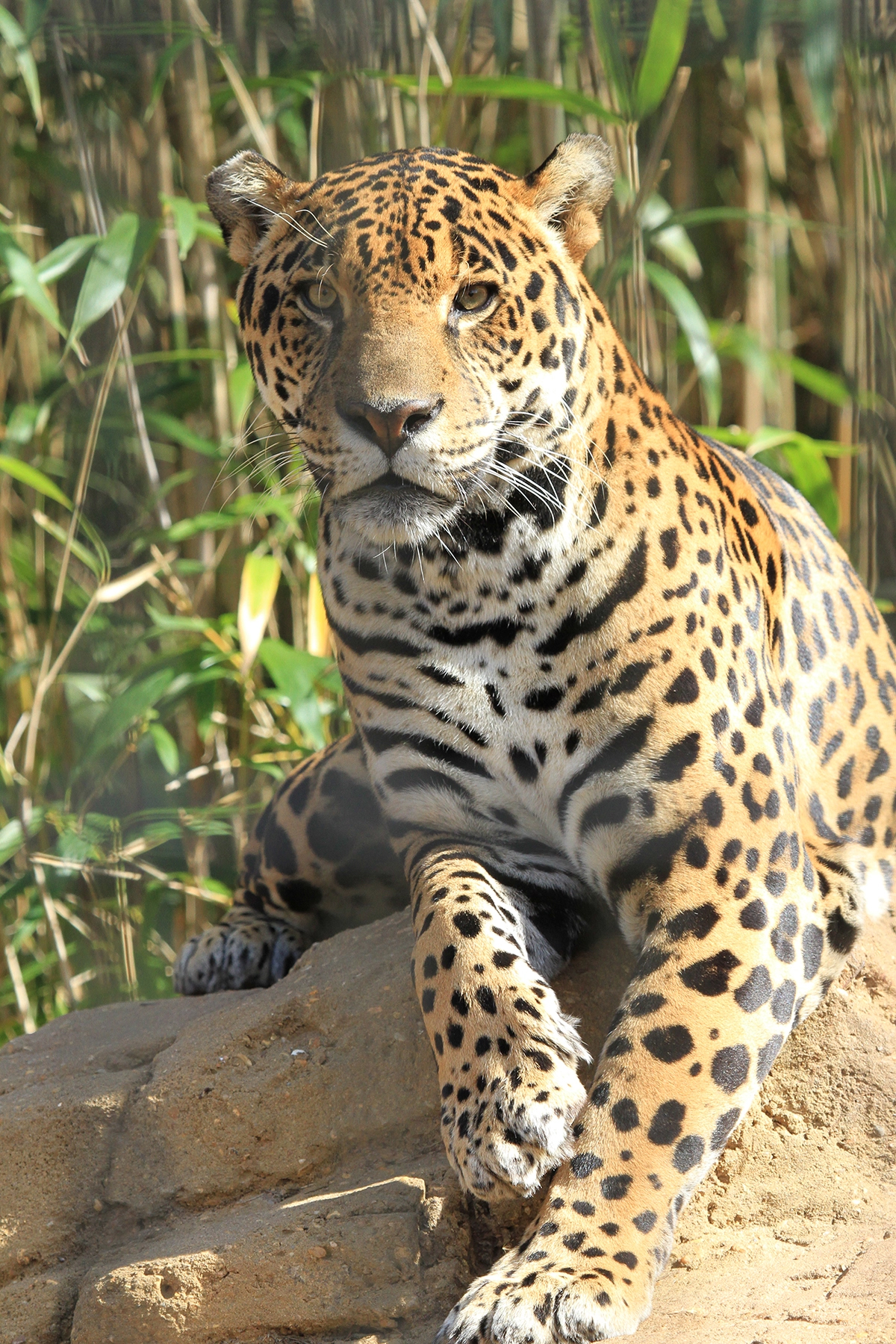
Bebu’s journey to Alexandria is a testament to international conservation efforts. Wild born in October 2011 in Panama, tragedy struck when he and his brother were orphaned at just four months old. His relocation to the United States along with his brother and a third jaguar was the result of a coordinated effort involving the Jaguar Species Survival Plan (SSP), a dedicated program focused on the long-term survival of this magnificent species, Alexandria Zoo and two other zoos.
Bebu and the other two jaguars were cared for at the Parque Summit Zoo in Panama, which only houses native animals that have been confiscated or are non-releasable. Bebu arrived at the Alexandria Zoo in 2013.
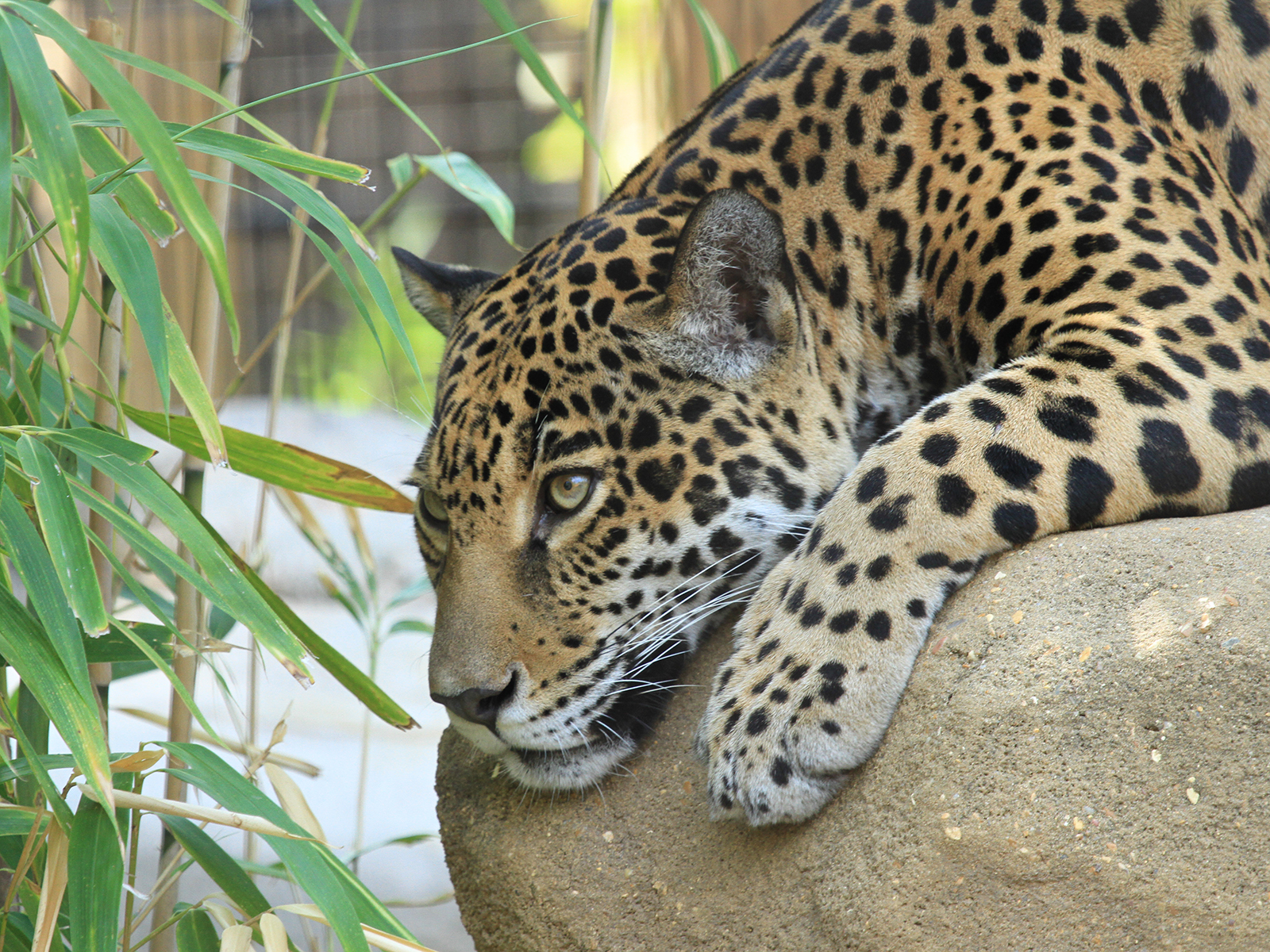
Philomena, also known as Philly, is an experienced and attentive mother. Philly was born at the Brevard Zoo in Florida, and arrived at Alexandria Zoo in 2022.
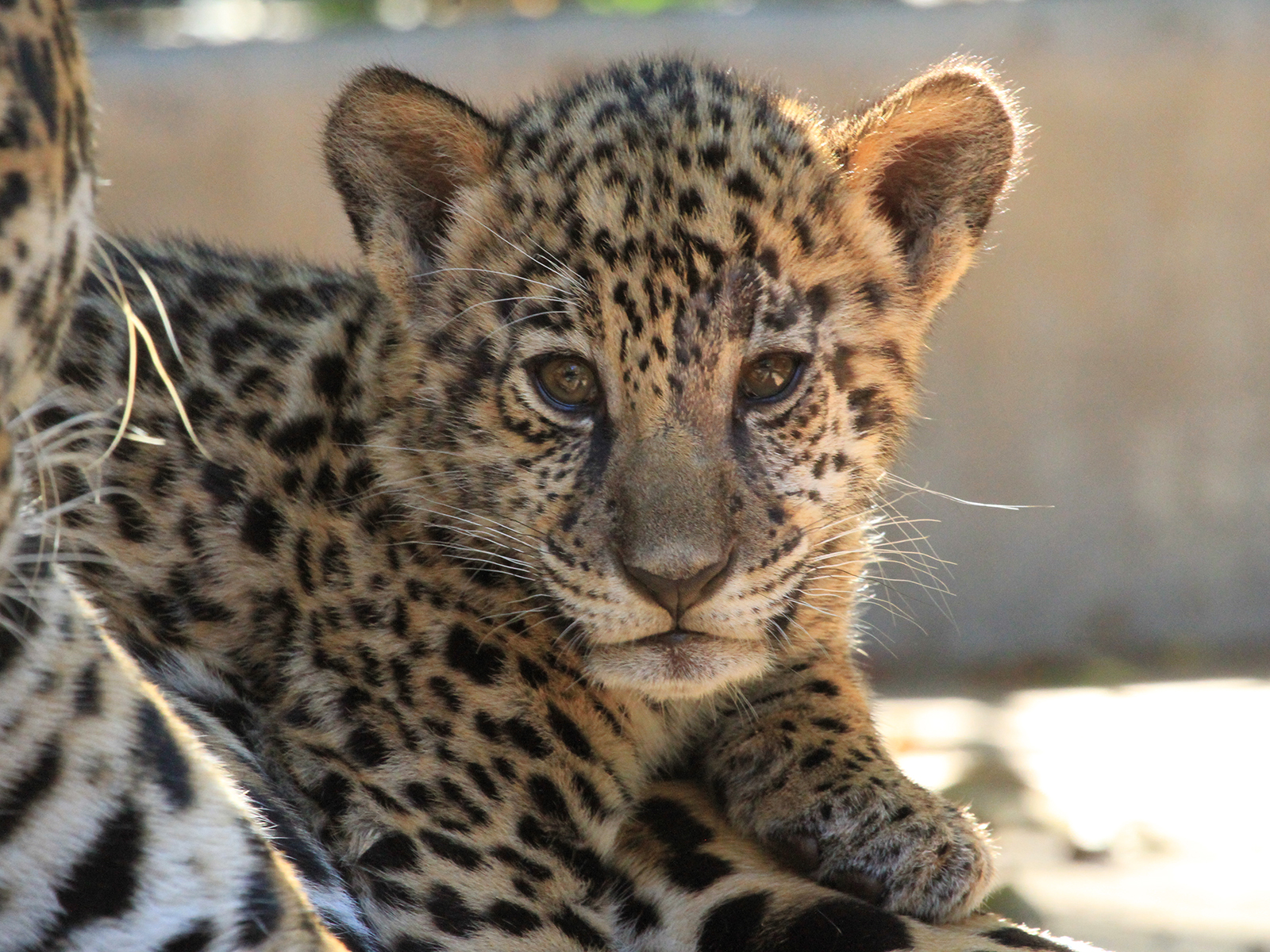
Since 1900, jaguars have disappeared from over 50% of their range due to persecution by livestock ranchers, degradation of habitat, and human hunting of the jaguar's prey.
In many countries, jaguars are protected, but enforcement is difficult and jaguar skins are still sold on the black market.
Donate to FOTAZ. Through FOTAZ, Alexandria Zoo contributes to Zoo Conservation Outreach Group (ZCOG), a non-profit coalition of zoos, aquariums, and related partners committed to promoting wildlife and habitat conservation throughout the Americas.
Be a Conscious Consumer. Support products that are certified as "jaguar-friendly" or "deforestation-free." By choosing products that don't contribute to the destruction of the rainforest, you can help protect the vast, connected habitats that jaguars need to survive.
